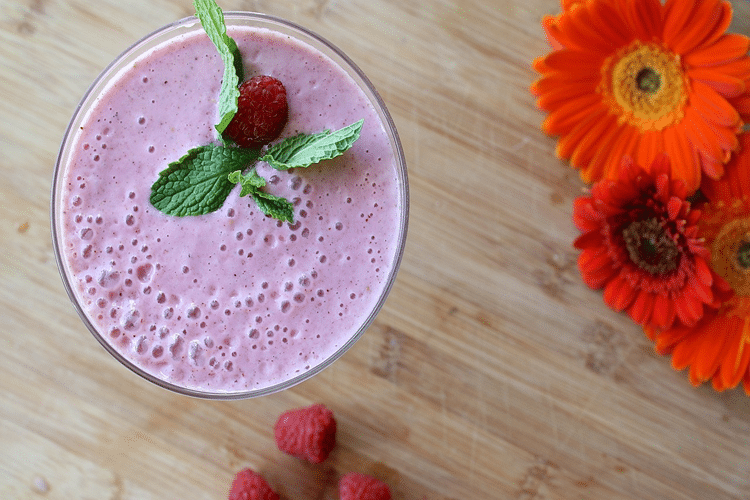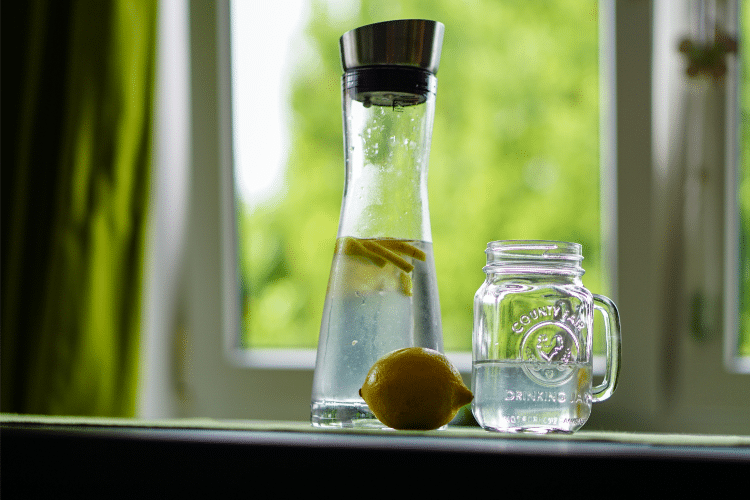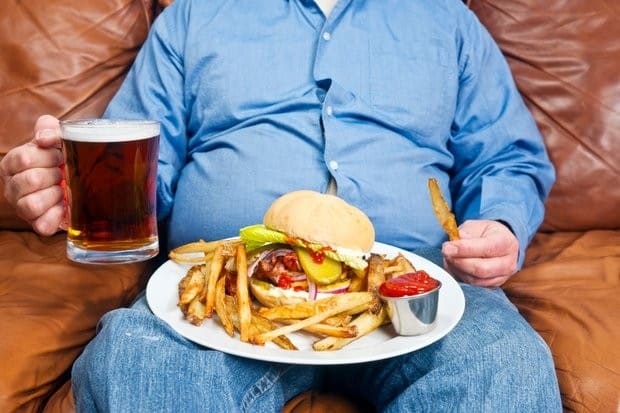
Diabetes: Symptoms and General Recommendations
In this article, you’ll learn and discover about diabetes including the symptoms and some helpful recommendations.
Diabetes is a disorder of blood sugar (glucose) metabolism, characterized by abnormal elevations of glucose in the blood. There are two types of diabetes. In Type 1 diabetes, also known as insulin-dependent diabetes mellitus (or IDDM), the body does not produce insulin, so as result, it cannot break down glucose in the blood.
In type 2, also known as non-insulin dependent diabetes mellitus (or NIDDM), the body produces insulin, but its cells don’t and to it. Type 2 diabetes is the most common (accounting for 90 percent of all cases) and is strongly related to obesity.
If your blood sugar is not well controlled, you can have both rapidly occurring and slowly occurring complications. The rapid problems occur when your blood sugar is too low or too high.
When it’s too low, you can develop hypoglycemia; symptoms include sweating, nervousness, tremor, hunger, or fainting. If left untreated, hypoglycemia can use shock and death. Alternatively, when your blood sugar is too high, you can develop too much acid in your blood
Symptoms include:
- Extreme fatigue
- Nausea
Ketoacidosis can also lead to coma and death if untreated. Diabetes is the seventh leading cause of death in the U.S.
Table of Contents
Long-term complications of diabetes include the following:
- Atherosclerosis, especially of the heart and brain arteries.
- Neuropathy (loss of peripheral nerve function) and Charcot joints (osteoarthritis of the foot bones caused by the neuropathy).
- Retinopathy (serious eye disease and the leading cause of blindness in the country). About half of all people with diabetes will develop this complication within 10 years of diagnosis.
- Nephropathy (damage to the kidneys and the leading cause of death in people with diabetes).
- Foot ulcers, which are the leading cause of amputation.
Common Symptoms
- Increased thirst
- Frequent urination
- Increased appetite
- Weight loss
- Fatigue
- Nausea
- Blurred vision
- Frequent vaginal infections
What You Need to Know
One-third of Americans who have diabetes are not aware that they have it, especially African-Americans, Hispanics, and Native Americans. There’s also a strong correlation between diabetes and obesity. It is important to have your blood sugar checked regularly especially if your ethnic heritage puts you at increased risk or you are overweight.
If you have diabetes, the most important action you can take is to monitor your blood sugar levels and keep those levels as close to normal as possible. This is your best strategy for avoiding complications.
Many physicians use blood glucose levels to determine control, but the best and recommended test is called HbA1c. If you aim for an HbA1c (also called glycosylated hemoglobin) value of 6.5 percent or less (5 percent is the best) you’ll significantly reduce your chances of diabetic complications.
Avoid alcohol, which interferes with your body’s use of blood sugar, causing low blood sugar. Although this might seem to be an advantage, it actually creates a craving for more alcohol and high sugar foods, which eventually makes your diabetes worse.
You should also stop smoking because smoking increases the risk of diabetic complications, especially heart attack, stroke, neuropathy, and leg ulcers.
There are several herbs that can lower blood sugar as a side effect and that can be dangerous if you’re not aware of these effects, and your blood sugar goes too low (hypoglycemia). So if you’re taking:
- Butcher’s Broom
- Buchu
- Dandelion
- Juniper
Monitor your blood sugar more closely.
Some over-the-counter remedies contain ingredients that can cause additional problems with blood sugar levels. For example, aspirin can alter blood glucose levels if taken in large amounts. Respiratory products containing phenylephrine, ephedrine, or epinephrin can raise blood sugar levels. Appetite suppressants containing caffeine can do the same.
Finally, a recent study showed that 80 percent of people with diabetes who also have high blood pressure (hypertension) do not have their blood pressure under control, and may not even know they have hypertension. If you have diabetes, make sure you have your blood pressure checked, and, if it’s high, get treatment. Otherwise, the above complications, especially heart disease and stroke, can become much worse.
General Recommendations
Diet
Eat a balanced diet that is low in refined sugars, fat, and animal products and high in plant fiber. Trans-fatty acids, found in commercially baked and deep-fried food (processed and fast foods), are especially bad.
The American Diabetes Association! (ADA) diet is adequate and appropriate (go to www.diabetes.org and look under “Nutrition” for further information). However, I prefer the HCF diet (HCF stands for “high-complex-carbohydrate”-in other words, high fiber).
As you plan your meals follow the HCF daily guidelines: Eat 70 percent to 75 percent complex carbohydrates, 15 percent to 20 percent proteins, and only 5 percent to 10 percent fats. The HCF diet is plentiful in grains (bread, cereal, rice, and pasta), starchy vegetables (potatoes, earn peas), and legumes (dried beans, peas, lentils), and is packed with vitamins, minerals, and fiber.
You should consume at least 20 grams to 35 grams of fiber, but I recommend more if possible because recent studies have shown that daily consumption of 50 grams of fiber leads to a 10 percent decrease in blood sugar.
Different carbohydrates can cause different increases in your blood sugar, and I recommend that you use the glycemic index to help guide you. This index tells you how quickly your blood sugar will rise when you eat a particular carbohydrate.
(For more information about the glycemic index of common foods, go to www.glycemicindex.com.) You should eat those foods that have a low glycemic index. Be aware, however, that some low glycemic foods, such as sausage and ice cream, are also high-fat and can make you gain weight.
The best way to obtain fiber is from food. Here are some good sources of fiber:
- Legumes (beans)
- Oat bran
- Psyllium seed husks
- Seeds
- Most vegetables
- Nuts
- Pears
- Apples
You can supplement fiber in your diet if you like. I recommend using 20 grams to 30 grams per day of guar, pectin, or oat bran.
As for protein, I recommend soy for several reasons. First, the protein from soy is the only protein from a plant source that is “complete,” meaning that it contains food proteins that provide all the essential amino acids to maintain good health. Second, soy can help control blood sugar levels. Third, soy can help prevent or reduce complications of diabetes, especially atherosclerosis and nephropathy.
Cornstarch is absorbed slowly and is especially effective for Type I diabetics prone to low blood glucose levels overnight. Adding red wine vinegar (3 teaspoons) to your salad also can lower your blood sugar by up to 30 percent after meals by slowing digestion. Lemon juice works in the same way, so squeeze a fresh lemon into the water you drink.
If you eat meat, chicken is better than red meat because a chicken has lower saturated fats and a higher percentage of beneficial fatty acids.
If you have a high risk of diabetes or have a prediabetic condition (mildly elevated blood sugars), eating nuts may help keep you from actually getting the disease. I suggest eating one cup of nuts three to four times per week. Finally, onion and garlic lower your blood glucose and compete with insulin for liver sites, thus increasing the release of free insulin. I recommend incorporating them into your diet whenever possible.
Although you can follow these recommendations by yourself, planning well-balanced meals can be hard, especially if you have a busy schedule. No matter which diet you choose to follow, I recommend that you consult with a licensed dietician who can help you develop a good diet plan or you can buy the Halki diabetes program from Halki diabetes program from theguardianonline.com.
Exercise
My second important recommendation is exercise, which enhances insulin sensitivity, improves glucose tolerance, reduces serum cholesterol and triglycerides, lowers blood pressure, and helps in weight control. In general, aerobic exercise is the most effective.
Exercise must be tailored to your individual needs, especially if you are insulin-dependent because exercise can significantly decrease your blood sugar levels. I recommend that you get advice from your doctor and/or a fitness trainer who has expertise working with diabetics.
Before starting an exercise program, and especially if you have not exercised make sure you have a physical examination and exercise tolerance test so that you can plan an appropriate program and avoid additional complications. And always monitor your blood sugar before and after exercise. Start your exercise slowly and build up gradually.
Caution: If you have complications of diabetes, avoid high-impact activities because they can cause further damage to the eyes and kidneys. Also, even small blisters that form on your feet can lead to chronic wounds or infection. Be sure to check your feet and any cuts, scrapes, or abrasions (use topical antibiotic ointment), and go to your doctor immediately if these do not heal or if they get worse.








